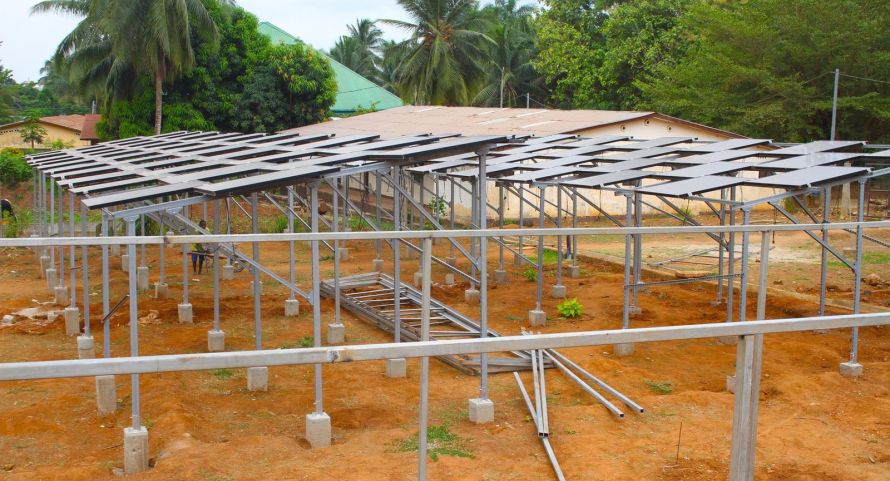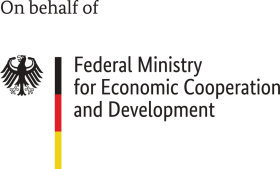PV on stilts – two opportunities for Benin’s farmers

The challenge
Benin’s most important economic sector is agriculture. It contributes about one-third of the gross domestic product and generates about 80 percent of the country’s exports, mainly cotton, pineapple, cashew, coconut and shea nuts. Around two-thirds of the population work in the predominantly smallholder sector. Many of them engage in subsistence farming. Productivity is comparatively low, partly because there is a lack of seed, fertiliser and credit, as well as access to water and electricity.
The goal
Photovoltaics could be a cost-effective source of energy, especially in rural regions. Even better, would be to mount the PV modules on high stilts (Agri-PV) to produce electricity without taking up agricultural land at the same time. This approach is new in Benin. In order to be able to test and adapt the opportunities it presents, the Songhai Centre plans to build two Agri-PV plants which will allow hybrid land use. One of these plants will be located at the Songhai Development and Training Centre in the capital city of Porto-Novo, and the other 200 kilometres away on a pilot farm owned by a long-time Songhai farmer. Both will serve as demonstration and training facilities and will be replicable once.
Our partner
Songhai Centre has been committed to integrated agriculture for more than 35 years, with the goal of creating regional markets for sustainably-grown products, thus improving the rural population’s economic situation. To this end, Songhai operates a technology and industrial park, as well as a training centre.
For the project, Songhai collaborates closely with the French volunteer organisation, Electriciens sans frontières (Esf), and with a long-standing member of its network who uses his farm to teach school children, students and interns about the Songhai approach.
The approach
In the first phase, an Agri-PV system, with a total capacity of 30 kWp, is to be built on the premises of the Songhai Centre. The electricity produced will supply the centre’s training facility, thus reducing its diesel consumption.
Using the Agri-PV system, the centre also wants to test how different plant varieties develop in the shade of the panels. Which design height is suitable for which plants? How does their water consumption change, and how high are their yields? Furthermore, how must the plant be constructed to achieve the best results? Songhai wants to get to the bottom of these questions. The centre produces the design for the PV modules in its own workshop. After evaluating this phase, the partners plan to use their experience to build another 15 kWp system on the farm-site of a Songhai farmer.
Using the experience gained from both sites, the project plans to develop a replicability model and create training materials to possibly inspire more of the numerous Songhai partner farms to adopt the technology. Agri-PV systems allow agricultural land to be used to generate renewable electricity in parallel with growing food.
Porto-Novo
Electrification and Research
Farmers
06/2022 – 07/2023



